root forest name can be ontained from RootDSE partition. Look at rootDomainNamingContext attribute. This wiil return you forest root domain. I do not recommend to extract forest name from user DN, as it will not work in case if you have 2 domain trees in one forest. The second option is to search users in global catalog of current domain. Global catalog contains partial replica of all users from the entire forest
The code below performs the search over the global catalog. I have 2 domains, in my forest so it returns me 2 users. Be aware, that you will have to deal with multiple results returned:
var forest = Forest.GetCurrentForest();
var globalCatalog = GlobalCatalog.FindOne(new DirectoryContext(DirectoryContextType.Forest, forest.Name));
using (var connection = new LdapConnection(new LdapDirectoryIdentifier(globalCatalog.Name, 3268)))
{
var entries = new List<SearchResultEntry>();
var searchRequest = new SearchRequest(string.Empty, "(samaccountname=administrator)", SearchScope.Subtree, null);
var searchOptionsControl = new SearchOptionsControl(System.DirectoryServices.Protocols.SearchOption.DomainScope);
searchRequest.Controls.Add(searchOptionsControl);
var pageResultRequestControl = new PageResultRequestControl(1000);
searchRequest.Controls.Add(pageResultRequestControl);
do
{
var response = (SearchResponse)connection.SendRequest(searchRequest);
if (response != null)
{
if (response.ResultCode != ResultCode.Success)
{
throw new ActiveDirectoryOperationException(response.ErrorMessage, (int) response.ResultCode);
}
foreach (var c in response.Controls.OfType<PageResultResponseControl>())
{
pageResultRequestControl.Cookie = c.Cookie;
break;
}
entries.AddRange(response.Entries.Cast<SearchResultEntry>());
}
}
while (pageResultRequestControl.Cookie != null && pageResultRequestControl.Cookie.Length > 0);
}
Several notes on this code:
1. of course this code it not a production one. You can write more general LdapSearcher, for example one can be found here. You can make a synchronous version of this searcher if needed.
2. I do strongly recommend to use LdapConnection instead of DirectorySearcher in service based applications, because using DirectorySearcher in enterprise environment leads to memory leaks and other issues
